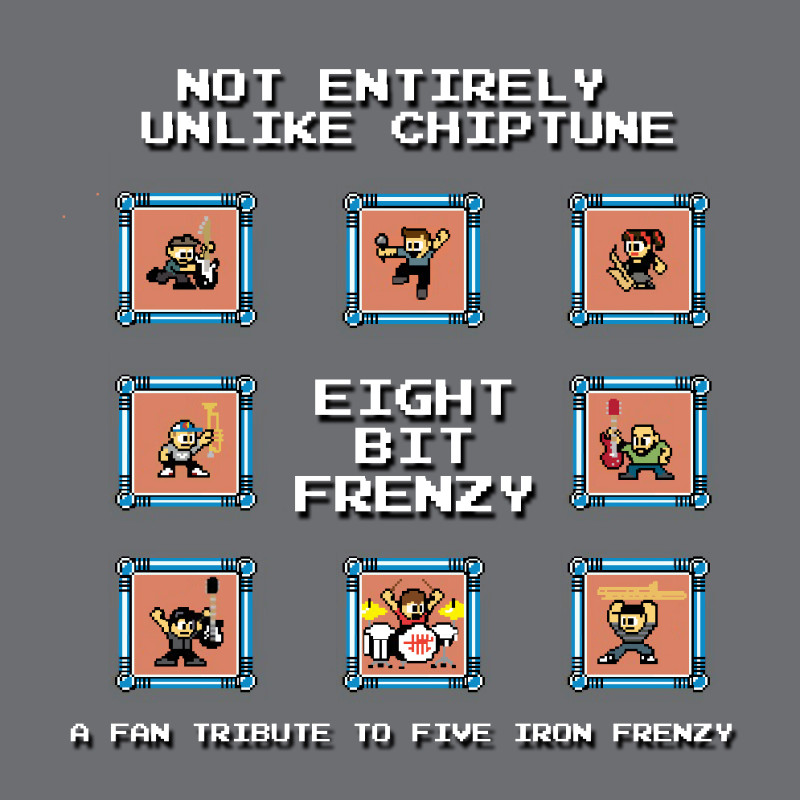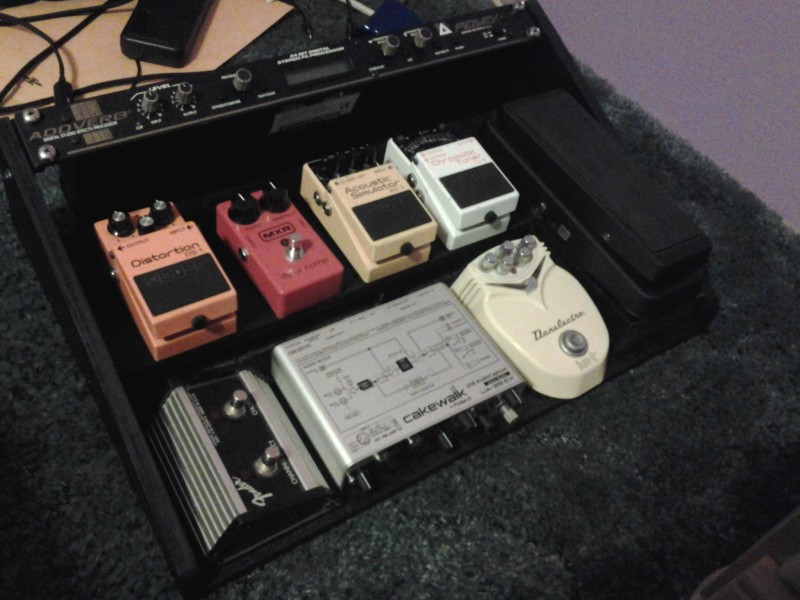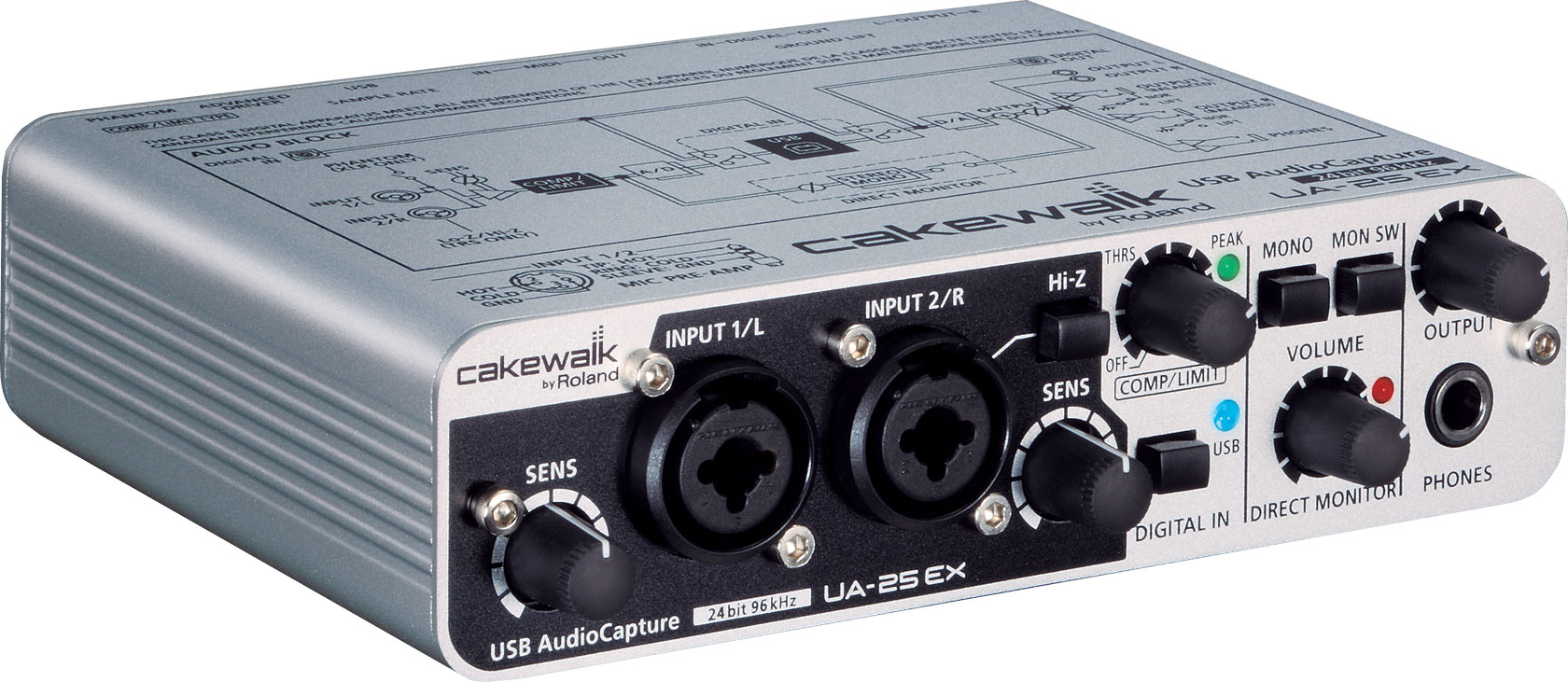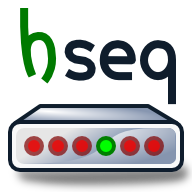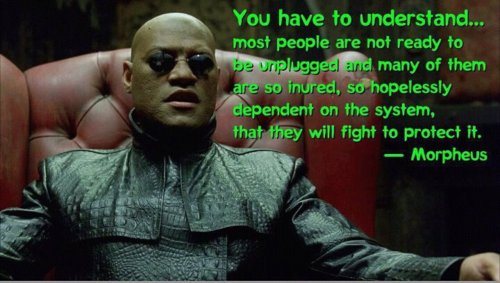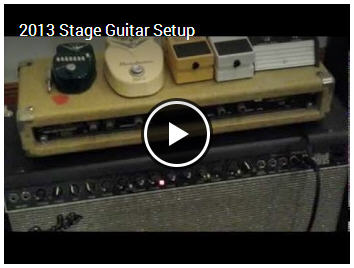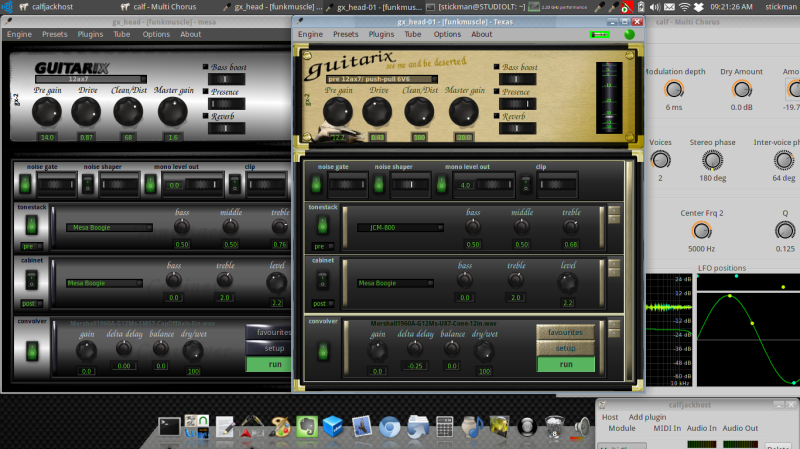As I’m listening to Praise and Worship radio on Pandora, I’ve noticed a trend. It seems like what 90% of the songs are doing is re-hashing top songs from 3-5 years ago. In the secular music world, you don’t have 5 artists doing the same song on the radio at the same time, do you? Is the Christian music market becoming so formulaic that all you have to do is cover a few songs, speed them up 15 BPM and add a strong drum track with a backbeat? Does that justify a new recording? Are they really doing anything different? To their credit, there are a few artists who are getting airplay that are playing original songs, not in the “Nashville Standard” sounding format.
It thrills my heart to hear people doing new music for God. As much as I like the standards (and a lot of the “new” standards) it shows much more skill, talent, and calling to produce new worship music that doesn’t fit the Nashville radio formula.
Do yourselves a favor, listen to new groups like Starfield, Mali Music, and a slew of others. They are either 1. playing all new worship music, or 2. playing old and new, but with a very unique style.
After a while, even the “tried and true” worship albums get old. You can only listen to so many remakes of “Revelation Song” or “Open the Eyes of My Heart” or “In Christ Alone” or… you get the idea. Those songs are fantastic in their own rights, but let’s be real. The original artists pretty much gave it everything they had, and you’re not going to top that by trying to recreate that performance. If you’re doing a concert somewhere, I can see playing a few songs that everybody knows. But releasing an album of “classics” from less than 10 years ago? No. You’re not doing the original artists or songs justice. You know, at some point, Michael W. Smith was an unknown songwriter. He didn’t start off with “Place in This World”. Chris Tomlin had to sit down and come up with “Indescribable” on his own.
Heck, there are plenty of long-standing groups that don’t re-hash songs. Guys like Steven Curtis Chapman. Even though he’s from the Nashville area, his music never seems formulaic or stale. He’s always writing new stuff, and to top it off, he’s a phenomenal guitarist in his own right. Israel Houghton writes a lot of new music as well, and does it in a way that’s very fresh. Groups like Salvador, Third Day, the O.C. Supertones, and Audio Adrenaline. They all do worship music (and other thematic music) that’s fresh, well done, and unique. You’re hopefully not going to hear weak re-hashes of “Holiness/Take My Life” on their albums (unless it’s a live album).
It seems to me that almost everybody wants to copy Chris Tomlin, and rightly so. He’s one of the most successful CCM artists in the last 10 years or so, even surpassing greats like Michael W. Smith. His band’s sound and musical style is very close to U2, even down to the delay-drenched guitar riffs over soaring vocal refrains. The problem is, Chris Tomlin has already done Chris Tomlin (and, some would argue, so has U2). His “formula” (and even singing his exact songs) isn’t going to work for every new artist that comes along.
And so, I want to end with two thoughts. First, I don’t want to make it seem like all artists are wrong when the redo a Worship song. Usually it’s not even their choice, most of that is decided by the record label (which is a whole other rant). But secondly, I want to encourage you, the listener (and those of you who play music, too) to not just re-hash your worship experience. God is so vast, so incredibly complex and unknowable, there’s no reason to limit your worship of Him to the latest top 10 CCM hits. He is the ultimate in creativity, and as His creation (and followers), we are called to bring Him glory. Re-hashing music to “make it” in the industry isn’t really doing God, or yourself, any favors.
This applies to writers, too. Don’t feel like you ever have to write in a specific formula/genre to “fit in” to the market. Write what God has laid on your heart, and that’s where you will find Him.

